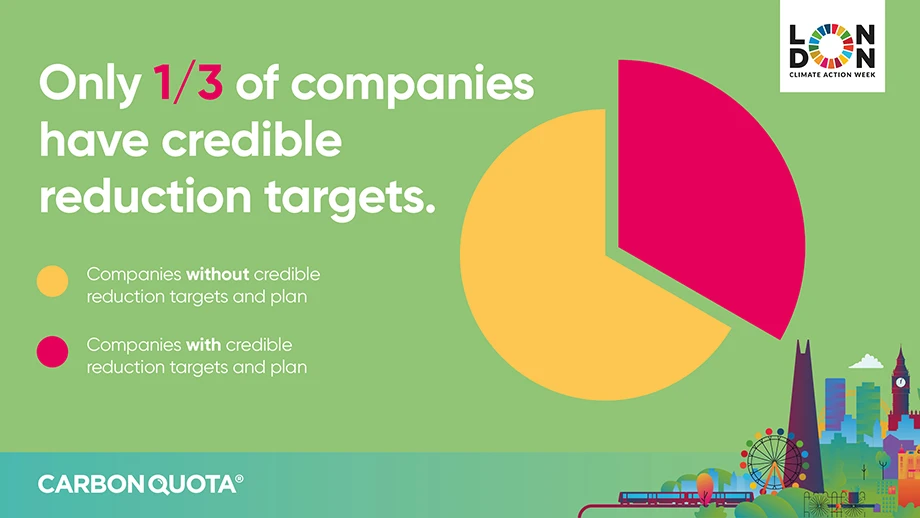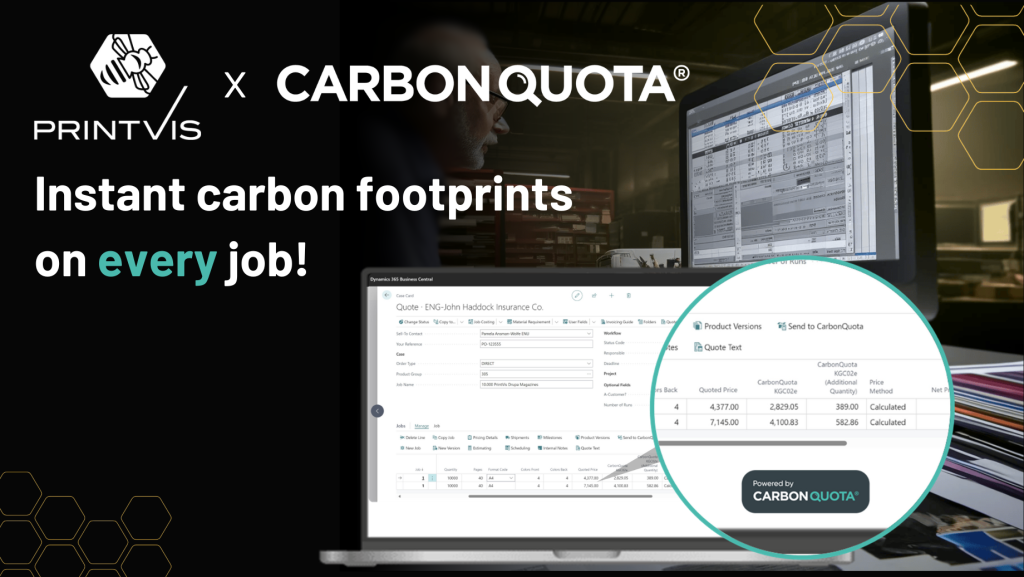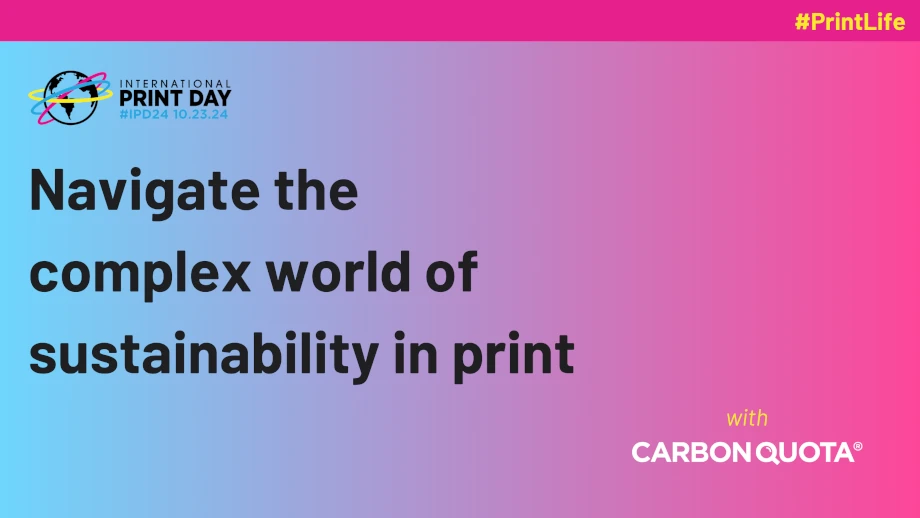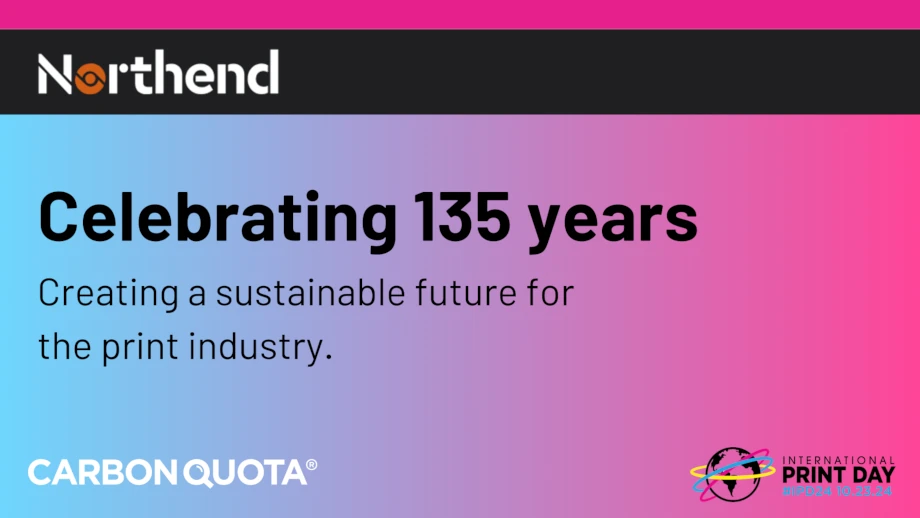Is your organisation struggling to grapple with writing and implementing a carbon reduction plan? The stages of a reduction plan mirror any good business plan, meaning business growth and carbon reduction have an unexpected synergy.
Where to start? Conduct a detailed and meticulous study of your organisation’s activities and carbon emissions. This may sound arduous, but CarbonQuota’s well-structured tool allows you to complete this in about 20 minutes. The reward for this short effort is a comprehensive carbon footprint for your organisation, detailing all of your carbon hotspots, both within your organisation (scope 1 and 2 emissions) and within your supply chain (scope 3 emissions).
Imagine this as your business plan: your carbon emissions are your target market. Now, we need to create a strategy to tackle these targets, whether that means landing new clients and increasing revenue or making significant emissions reductions.
Do you go for the white whale or the low-hanging fruit first? The short answer is both. A carbon reduction plan should include near-term and long-term targets. Near-term targets typically focus on 2030, while long-term targets aim for 2050. These dates may ring a bell if you’re familiar with the 2015 Paris Agreement, which aims to reduce all emission sources by that later 2050 deadline.
Starting with the low-hanging fruit — those easy wins — involves leveraging what you directly control. How can you change behaviours within your organisation to reduce carbon? Perhaps you could involve a sustainable travel policy or a sustainable procurement policy. Whatever it is, you should assess each carbon source, detail how you will reduce it, by what year and what needs to be in your budget, to make it happen.
Now to your supply chain. This will consume most of your effort and is crucial as typically an organisation’s Scope 3 emissions make up 80-95% of total emissions. Measurement and collaboration are key here. Improving data quality and the measurement of Scope 3 emissions will enable you to make more informed decisions. Engaging with suppliers is the easiest way to improve data and measurement. Collating all the data in a central location, such as CarbonQuota’s platform, will enable you to select suppliers not only on price but also on their environmental credentials, leading to a direct reduction in emissions.
All reduction plans should ultimately culminate in sustainable emissions reductions to hit your targets.
Most importantly, don’t reinvent the wheel. The best carbon reduction plan is: well-explained, detailed and simple.
Speak to a CarbonQuota expert today to start your measurement journey and be consulted in crafting your carbon reduction plan.
– Freddie Ward, Technical Manager



